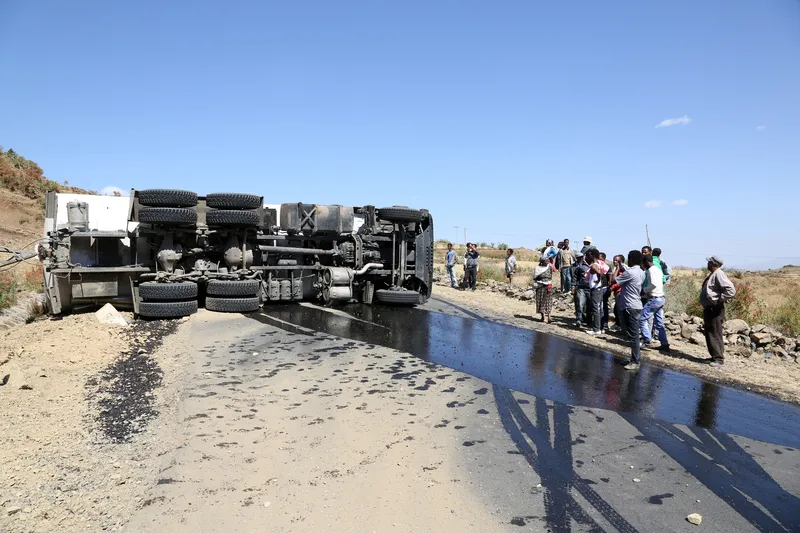
Global road death and injuries cost $3.6 trillion annually, equivalent to more than 3% of global GDP, according to iRAP’s latest Safety Insights Explorer report.
Road deaths alone are estimated to cost $753 billion annually, followed by limb fractures costing $616 billion and severe acquired brain injury costing $414 billion.
The International Road Assessment Programme (iRAP) is a registered charity dedicated to preventing the more than 3,500 road deaths that occur every day worldwide. To make roads safer, iRAP’s partners provide tools and training to governments, mobility clubs, development banks, research institutes and road safety non-government organsations (NGOs) in more than 100 countries.
Greg Smith, global programme director at iRAP, noted that we are now halfway through the Decade of Action for Road Safety 2021-2030, with the global goal of halving road deaths and serious injuries by 2030.
In September 2020, the UN General Assembly adopted resolution A/RES/74/299, called Improving Global Road Safety, proclaiming the Decade of Action for Road Safety 2021-2030. Embedded in the declaration is the ambitious target of preventing at least 50% of road traffic deaths and injuries by 2030.
The World Health Organisation (WHO) and the UN regional commissions, in cooperation with other partners in the UN Road Safety Collaboration, have developed a Global Plan for the Decade of Action, which was released in October 2021.
“As countries prepare for the 4th Global Ministerial Conference on Road Safety in Morocco next year, this free tool is a must-have reference to inform evidence-based action to 2030,” said Smith.
A key feature of Insights Explorer is that it provides estimates of the costs of fatalities and injuries by injury type, road user, age and sex. This analysis is done with collaboration with TAC (Transport Accident Claim), a no-fault road trauma injury insurer in Victoria, Australia. TAC road crash claims data shows that more than half of all costs occur more than two years after a crash, buried deep within health and social welfare systems.
“Bringing the latest data together and putting it freely in the hands of decision-makers and advocates, helps to support debate about the right scale of response to the enormous level of road trauma occurring every day,” said Smith.
Governments, development banks, donors and the private sector each have a role to play in mobilising the sustainable investment needed to reduce road trauma, with far-reaching economic and social benefits.
“We know safer roads save lives,” said Smith. “A recent study by Johns Hopkins University published in the journal Plos One has verified that road safety infrastructure changes and safer speeds informed by the iRAP Methodology and tools have prevented almost 700,000 deaths and serious injuries since 2016. There are few better investments than in safer roads and safe speeds.”
Achieving UN Target 4 for the majority of travel to be on 3-star or better roads for all road users by 2030 stands to save more than 400,000 lives per year. Also, nearly 330 million lives and serious injuries over the 20-year life of road treatments, with an economic benefit of almost $987 billion to the global economy.
Star Ratings for roads worldwide help to explain why road crashes remain a leading cause of death and injury worldwide. A very small percentage of travel on the roads assessed are in the 3-star or better categories, particularly for the most vulnerable road users, pedestrians, bicyclists and motorcyclists.
The organisation says it has, along with its partners, influenced the safety of over $101 billion of infrastructure investment, has Star Rated over 1.8 million kilometres of roads and designs, plus 1,356 schools, risk-mapped over 1.8 million kilometres and trained 69,000 people globally.
For more information, click here








